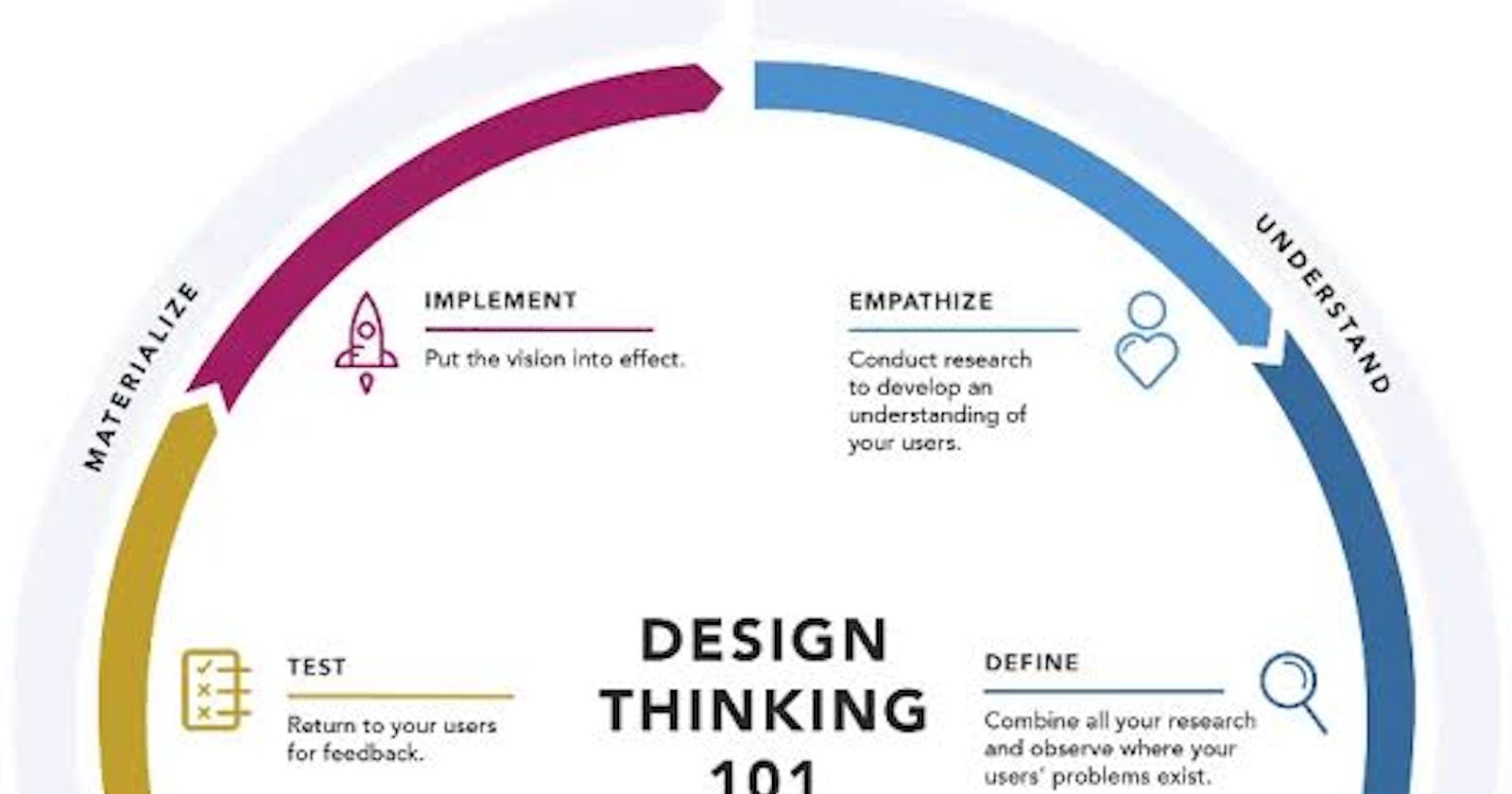As a graphics designer, whether you are creating a logo, business card, website or a simple ad, understanding the life cycle of a design is imperative, as it allows you maintain your creativity and increases your efficiency with time especially.
It's a designer's job to ensure that products designed have a clear definition (meaning) or make sense at a glance to the target market
I am sure we are familiar with the term 'life cycle' , in this context we will be using it to mean stages, steps or process involved in creating a design
In order to ensure that usability, functionality, and understandability is achieved in any designed product, a graphics designer must understand how each stage works.
Stage One: INFORMATION GATHERING
Before starting anything, you need to know exactly what your client wants and needs. The exact message they want to pass out,(their objectives), ask relevant questions, take notes and most importantly, know their objectives.
Stage Two: CONDUCT RESEARCH
The ability to research on any products is what makes you a better graphics designer and causes you to stand out. A successful research can only be carried out when understanding is achieved in the first stage
You will look at: The market trends The target audience( age, gender, location, status etc) The Brand's value and vision The client's industry and it's competitors What's their choiced colour, and texture
A clear understanding of this enables you design from the client's perspective and gives you a balance when you finally start the design process
Stage Three - draw your game plan Every good architect always draws a dummy structure before starting the actual construction process, likewise a graphics designer. All the ideas you have gathered from your research are put together in this stage. Explore and test typefaces, symbols and all.
This allows you create design quickly, saves you time when you start producing your design digitally and also gives you room to explore without limits. Programs like Adobe Illustrator can be very limiting, when you have to produce quick sketches.
Stage Four- Concept building Develope different concepts of the designs you have sketched earlier, this should be easy if you did the sketches. This is so that you or your clients will have different options to choose from, you should be able to explain the rationale behind each concept if possible
It is important that you love each of the concepts you created, so you won't have any challenge should your client decides to go with either of them.
Listen to and analyse your clients response when they share their view or perspective on your concepts. From here, you can further develop and be more attentive to one design.
Stage Five- Production and Completion Now that the final design is ready, you can start the production, whether it is in the form of press, web or media. This can only happen if the final concept has been accepted and authorised by the client.
Now, the graphic design process cannot be completed in just these five stages– it requires a great amount of work within these stages. But, by following them, you will ensure a proper flow of your efforts towards an outcome that both you and your client will be proud of. Always remember that the best design is the one that supports functionality without ever taking away from it.
